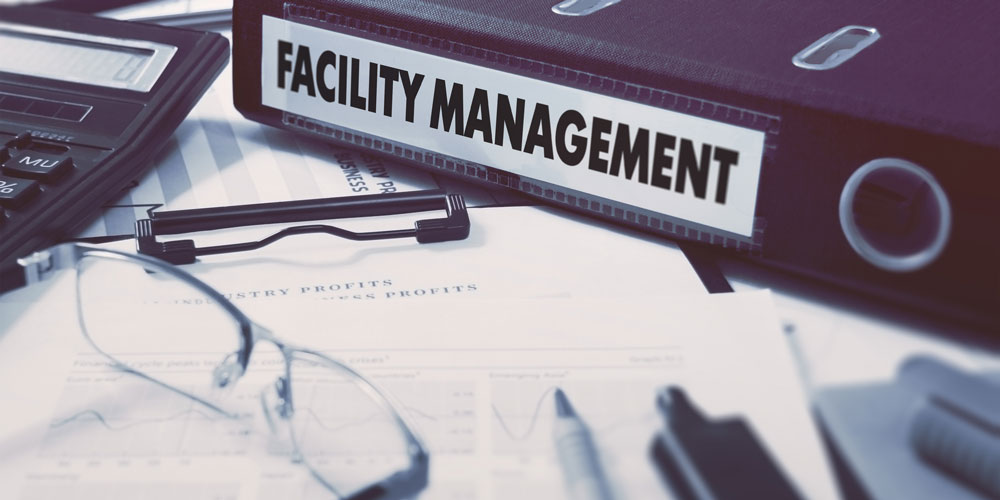Facility managers are constantly looking to operate more cost-effectively, efficiently, and with less downtime. Just like any of us, they do not want problems, they prefer to be warned about an upcoming failure and be given the opportunity to prepare for a repair. When it comes to proactively managing utility assets and equipment in buildings submeters are quickly becoming the high-tech tools of choice.
Benefits of Submetering
Any type of property incurs in a range of operating costs; while utility expenses are considerable today, they continue to rise over time. Property managers are choosing utility submetering for its benefits, including:
- Reducing administrative effort and costs
- Saving money and recovering utility costs
- Increasing net operational income
- Increasing property value, thanks to the upgrade investment
- Granular review of facility energy data
- Accurate energy monitoring
- Making better-informed decisions in order to optimize energy performance
- Ability to actually record energy usage (no estimates)
- Comparing of usage over time across similar facilities
- Ability to find and eliminate energy waste
- Ability to find maintenance issues for repair before the potential failure of critical equipment
Metering Approaches Useful for Operations and Maintenance Programs
The value of sub-metering in properties can be significant, especially when using meters that provide more than just consumption data. For instance in profiling the high-usage loads, like pumps or fans, Operations personnel, can also track other values in addition to just Energy, Tracking parameters like; Power factor, Harmonic Distortion, Average Amperage, and Average Voltage, ultimately leads to huge economic savings by allowing facilities managers to:
- Compare energy usage by week, day, month, or year
- Benchmark parameters to find anomalies in performance
- Chart energy usage
- Schedule and automate data collection
- Identify specific processes that are not energy-efficient
- Determine poor equipment performers by benchmarking similar equipment at other facilities
- Monitor utility services, including gas, electricity, water, and steam
- Evaluate the impact of critical load-shedding activities in real time
Meter Dashboards Simplify Energy Data Presentation
Internet-enabled energy monitoring and data dashboards can display kWh, kW, power factor peak demand, and other energy measurements, historically and in real time, while also showing the facility’s “carbon footprint.” This allows the tenants/cost centers to monitor their sulfur dioxide (SO2), carbon dioxide (CO2), and nitrous oxide (NOx) emissions, while also observing estimated energy conservation measures necessary to compensate for the displayed levels.
The Bottom Line
The kind of sophisticated energy data necessary to manage today’s facilities is beyond the capability of the master utility meter. This is why submeters can provide high-accuracy in instantaneous values, 5, 15- or 30-minute intervals of energy use (kWh) and demand (kW), both at the enterprise level and down to a specific item of equipment or circuit.
Submeters are easily installed, scalable, and a versatile solution for getting the degree of granularity necessary to optimize facility operations.
From an Operations and Maintenance point of view, the many advantages of sub-metering, pay for its initial installation investment.


